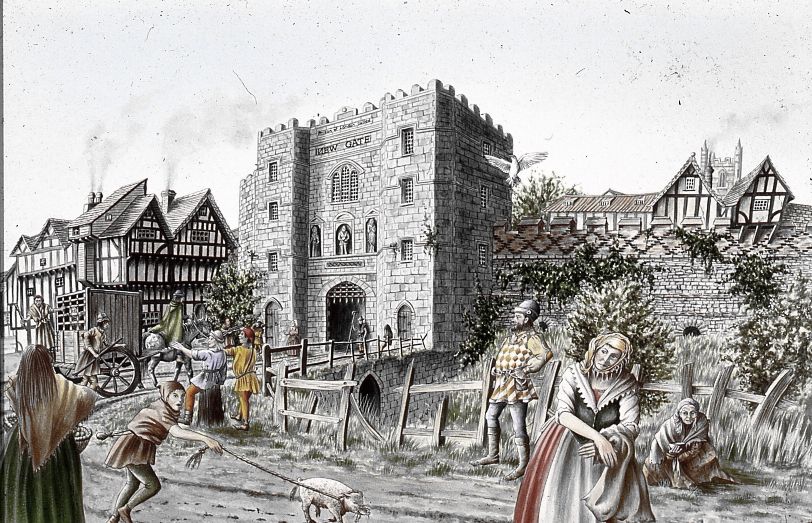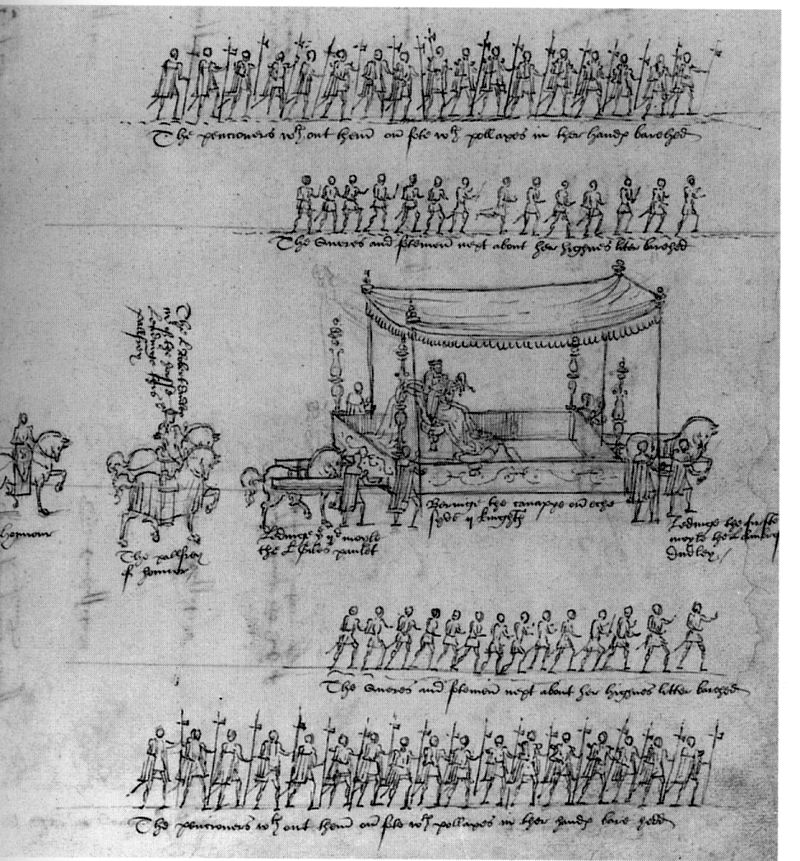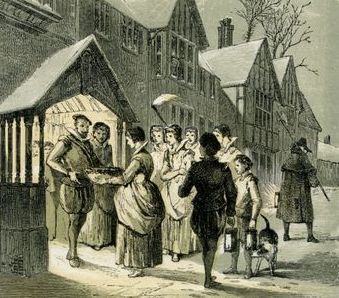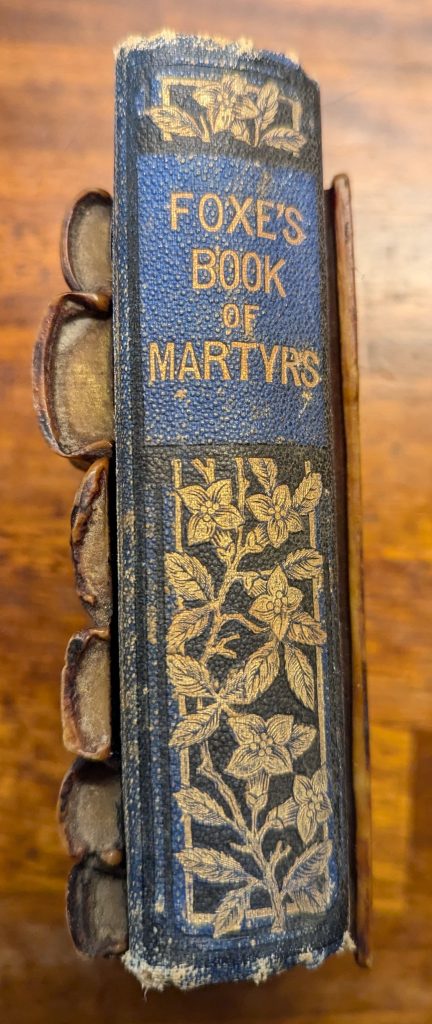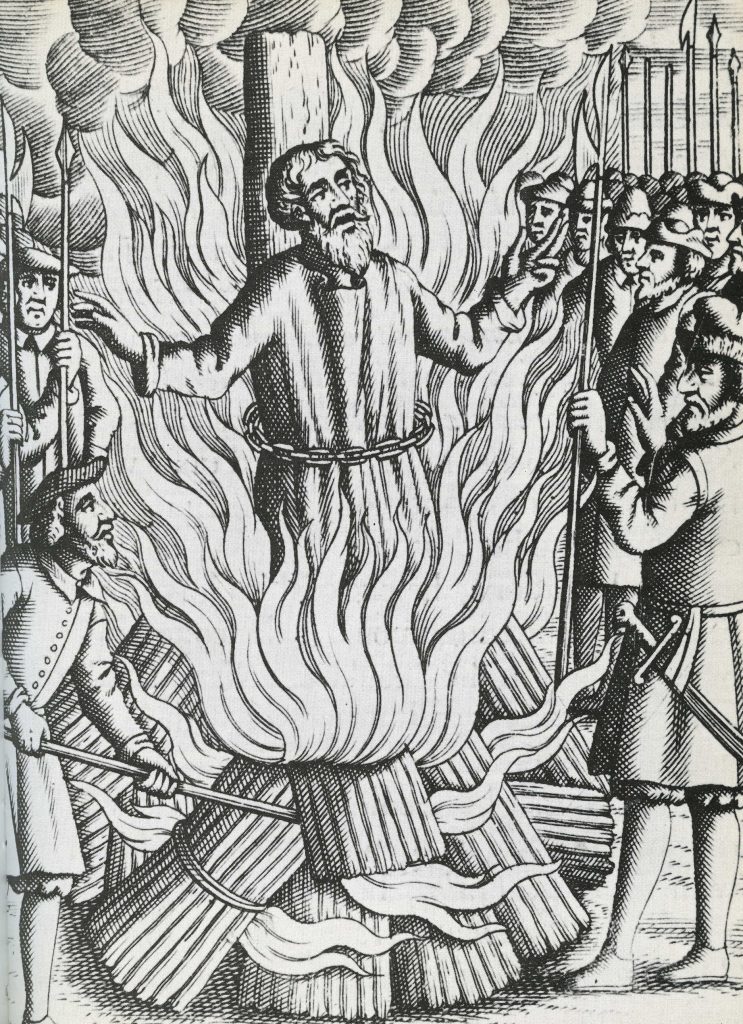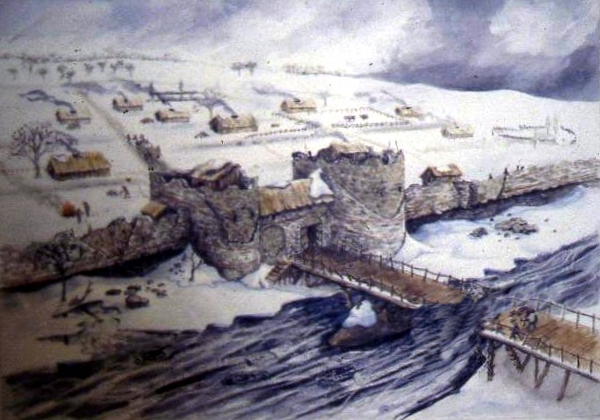


Today is the day after the anniversary of Queen Elizabeth 1’s coronation, 1559. She soon developed enduring relationships with the senior members of her Government. For example, William Cecil, Lord Burghley served the Queen for the rest of his life – from 1558 to 1598 when he died. Queen Elizabeth I gave leading members of her Court, nicknames. (Illustrations from a Victorian History of England.)
I had a record of all the nicknames I found. But, could never find the list when I needed it. My interest in the nicknames was revived, last year, by a post in The Chronicles of History. The author is a follower of this blog. The Chronicles mentioned three of them, so I went in search for the rest, and here is what the internet says:
Her chief minister, William Cecil, Lord Burghley, was called her ‘spirit’ and her alleged lover, Robert Dudley, Earl of Leicester, was her ‘eyes’. Rather more cheekily, she called François, Duke of Anjou, her ‘frog’.
https://www.historyextra.com/period/elizabethan/7-things-you-probably-didnt-know-about-elizabeth-i/
List of Queen Elizabeth I’s Nicknames
So, here is my definitive list.
Elizabeth called Robert Dudley, Earl of Leicester her “Eyes”
William Cecil was her “Spirit”
Robert Cecil was her “pigmy” or “elf”
Sir Christopher Hatton was her “mutton” or “lids”
Francis Walsingham was her “Moor”
Francis, Duke of Alencon, (her French suitor) her “frog”
http://everythingelizabethan.blogspot.com/2011/03/she-was-fond-of-nicknames.html
People on the list of Queen Elizabeth I’s Nicknames
A comment on the same page says the moor was, in fact, Edward De Vere Earl of Oxford. And the attribution to Walsingham is a mistake. De Vere had a house in Clapton, Hackney, very close to where I lived. De Vere is one of the strongest candidates (or so the conspiracy theorists say) to have written Shakespeare’s plays. Queen Elizabeth 1 has also been named a candidate for the world’s greatest playwright.
Robert Cecil was Lord Burghley’s son and largely took over his father’s role.
Christopher Hatton was a handsome aristocrat who had a lovely house and garden in Holborn. It is now a street called Hatton Garden, famous for jewellery and jewellery heists.
Francis Walshingham was the ruthless spy master that helped turn late Elizabethan England into a simulacrum of Stasi East Germany.
Duke of Alencon was one suitor she seemed to take seriously, although she gently mocked him.
Dudley was her favourite and almost her official escort/companion. (Did she have a sexual relationship with him?)
For a list of Gifts to Queen Elizabeth I have a look at the Folger Library page here.
For Queen Elizabeth I’s Coronation look at my post here.
First Published in January 2023, republished in January 2024,2025
